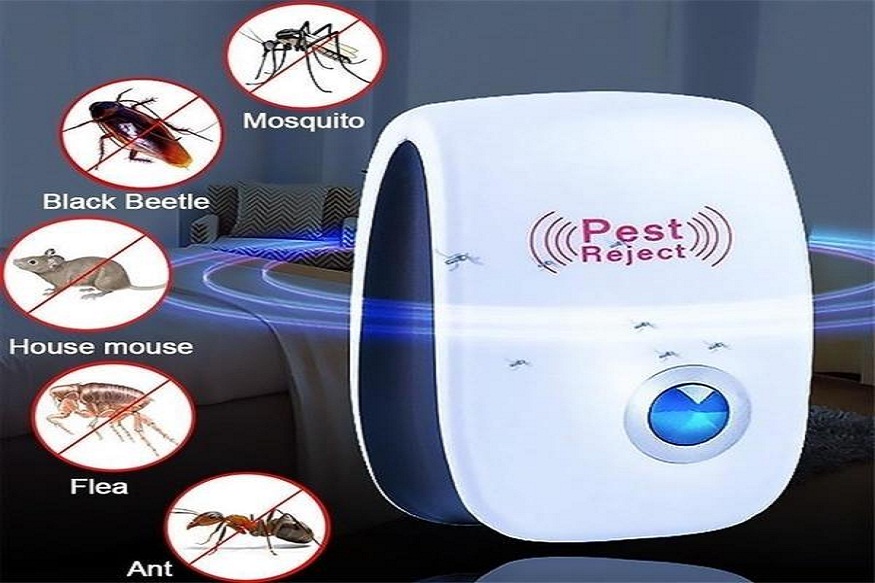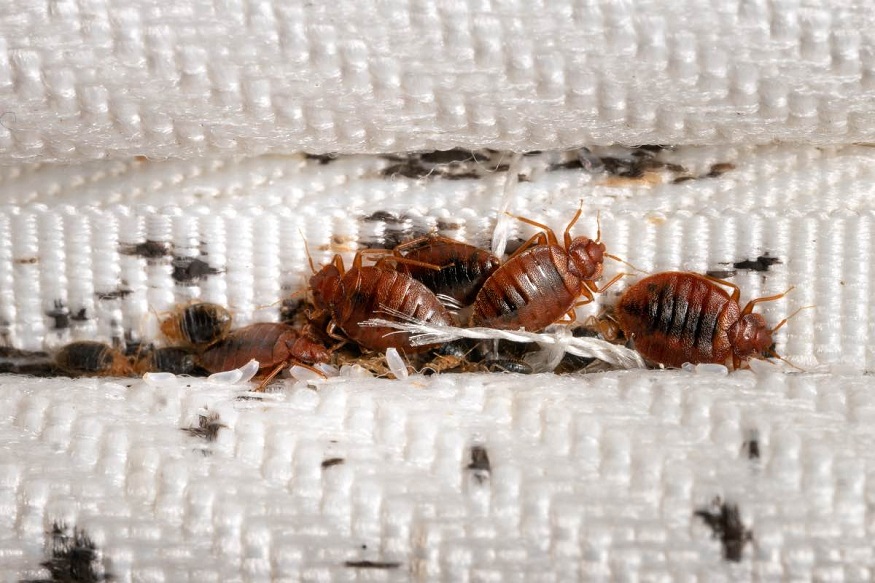How to prevent pest species from invading your home during the winter
Winter can be a season for spending quality time with loved ones, but colder temperatures don’t necessarily mean your home is protected from unwanted species. As they seek to escape the cold, your home can be a prime environment for pest species to nest and forage until temperatures warm.
Using our 65 years of pest control experience, we’ve put together a list of expert tips to help keep pest species out of your home during the winter.
Tips to prevent the invasion of harmful species during the winter
Inspect firewood before bringing it into your home
For homes that use traditional wood-burning fireplaces or stoves, firewood is a necessity to keep these units operational. The risk of transporting firewood is to introduce harmful species inside at the same time.
These pest species can be insects that have taken refuge in piles of wood or in cracks in logs, e.g. beetles, spiders, centipedes, woodlice, centipedes and earwigs or wood-boring insects such as lyctids, star beetles, carpenter ants, termites, etc. which may have made their nest in the logs. Once inside, these pests can emerge from wood logs. Some species such as termites and lyctids can even infest indoor wooden structures.
What you need to do
To ensure that you do not introduce insects into your home, it is important to follow the following preventive measures:
Shake or bang the pieces of wood to dislodge insects that may have crawled into the wood or are on the surface of the wood.
If possible, store firewood outdoors or in an outdoor shed and enter only the amount needed for the day. This way, the wood is not stored inside the house.
If you split your wood yourself, it is best not to store it directly on the ground. Instead, store it on a raised surface to protect it from crawling species that seek to infest the wood or find refuge there.
If you plan to store firewood indoors, it is important to regularly monitor the storage area to identify any potential insect activity. Possible signs of insect activity to watch out for may include fine or coarse sawdust under the woodpile or exit holes appearing on wood surfaces.
For subterranean termites, you will notice mud tubes on the surface of the wood.
Reduce humidity in areas near your indoor potted plants
Moisture from indoor plants can create ideal conditions for pest species like fungus gnats or coboldia fuscipes to reproduce and grow. These insects can be a nuisance to you and your plants, as fungus gnat larvae feed on fungi, organic matter in the soil, and plant roots. This can therefore harm the growth of your plants and even cause them to wilt.
What you need to do:
To prevent pest species from invading the soil of your potted plants, it is important to take the following steps:
Avoid overwatering the plants
Allow the soil to dry out before watering Keeping the soil dry will kill the larvae and limit the life cycle of the insects so that no adult species emerge from the soil.
Protect places with high rodent activity
As temperatures get colder, rodents flee outside. This can increase the risk of them nesting indoors due to proximity to food sources. Owners should watch for the following signs of rodent activity:
Feces; small and shaped like grains of rice (3 to 6 mm long for mice and 10 to 20 mm for rats). Recent rodent droppings are moist and soft, while old droppings are hard. You might notice a high volume of feces in high traffic areas.
You may notice that food, food wrappers, and objects like wood or wires have been chewed on.
You might notice nesting material like shredded paper, tissues, and strips of paper in a pile.
You may hear squeaking noises in walls, ceilings, etc.
You might see rodents moving through your home, often with quick, stealthy movements.
What you need to do:
In order to eliminate the presence of rodents in your home and prevent them from returning, it is important to put the following measures into practice:
Inspect the exterior of your home to find where the mice/rats entered. It is important to seal all openings smaller than a dime to ensure that the opening is not accessible to other pest species. Mice can squeeze through holes as small as the size of a dime, while rats can fit into holes the size of a quarter. Repair worn door seals or air vents that do not have screens.
Use spring traps, gang traps to capture live rodents, or bait stations from a hardware store or big box store to capture rodents in your home. It is important to read and follow the instructions provided by the manufacturer to use the trap safely and effectively.
If all other options have been tried without success, it is important to hire a professional rodent control company like Orkin Canada.



